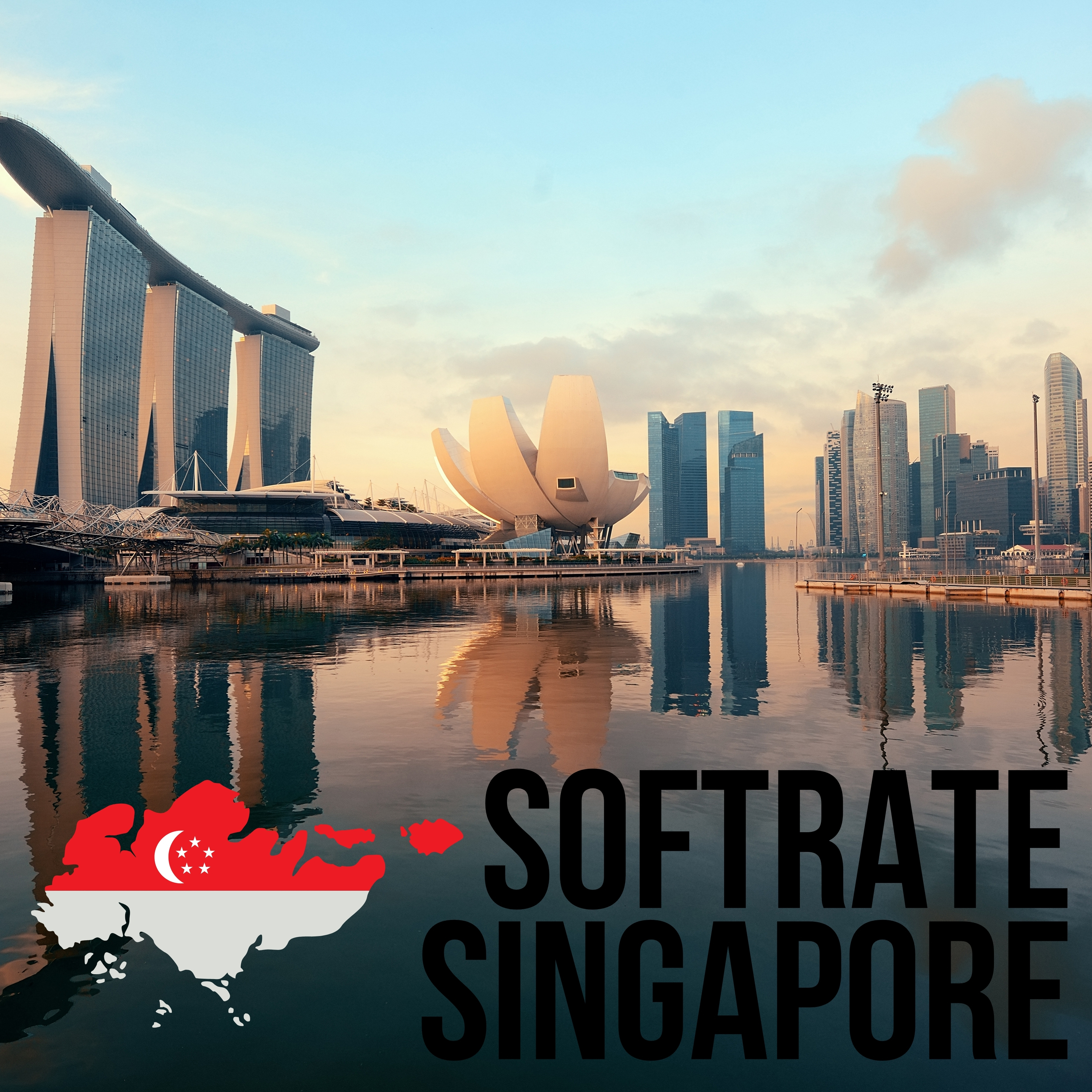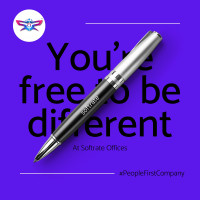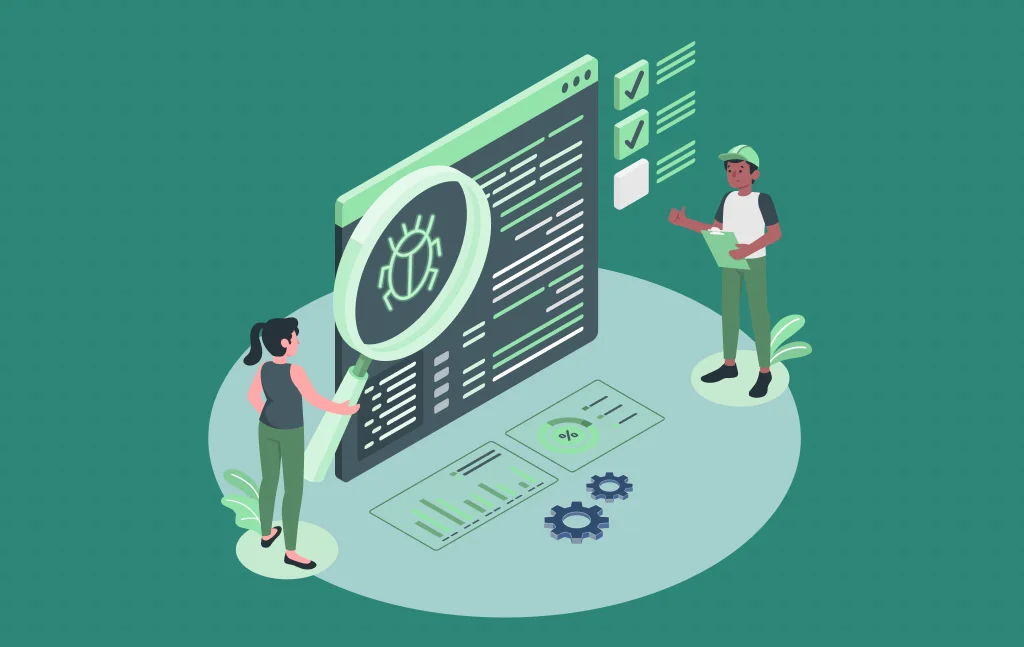Developing a Smart Resource Management Platform for an Event Management Firm

Strong 8k brings an ultra-HD IPTV experience to your living room and your pocket.
In the dynamic world of event management, where seamless execution is the measure of success, companies must be flexible, lean, and resource-aware to survive. Events—corporate events, social events, brand events, or public events—represent high-risk activities involving the coordination of people, gear, venues, and timelines. For an emerging event management company in Singapore, coordinating this complexity using manual means ultimately became a bottleneck that endangered their quality-oriented image.
This company, which deals with organizing medium to large size events, initially relied on spreadsheets, email, telephoning, and messaging applications to coordinate its operations. While these makeshift systems served the company during its nascent stages, they became more and more unsustainable as client orders mounted. Schedule conflicts, eleventh-hour availability of resources, unclear communication, and duplication of efforts negatively impacted their operations. With concurrent projects, multiple stakeholders, and limited real-time visibility into project statuses, in-house teams spent more time firefighting than delivering tasks with precision.
In a bid to regain control over their workflows and to lay the foundation for scalable growth, the company partnered with Softrate Singapore with the aim of creating and implementing an end-to-end Smart Resource Management Platform (SRMP). This custom-built system was not only intended to centralize operations but to automate mundane operations, enable improved real-time collaboration, and simplify decision-making through data-driven intelligence. The SRMP was intended to digitize the entire end-to-end event planning process, from resource booking to staff scheduling, inventory tracking, and on-site coordination.
The process of development began with a comprehensive needs assessment. Softrate's consulting team sat down with different departments—sales, logistics, human resources, operations, and finance—to identify current workflows and pain points. One of the main issues that were found was that there was no unified resource inventory. Sound systems, lighting rigs, LED displays, truss structures, and stage setups were kept in separate spreadsheets, which would lead to double bookings or underutilization. Likewise, staff assignments were fragmented, with availability kept separate by the human resources department, which led to inefficiencies in scheduling and multiple overlaps in staff deployment.
Softrate presented a cloud-centric modular platform with the primary focus on three aspects: centralized resource scheduling, mobile-first field operations, and real-time analytics. The platform was made scalable, secure, and third-party integration-friendly.
The basis of the platform was a centralized registry that cataloged all physical and human assets systematically in electronic form. Each piece of equipment—be it a projector, riser, or marked backdrop—had a unique identifier and was associated with metadata that contained maintenance history, status, shipping parameters, and hiring history. Similarly, the same registry was created for human assets, like full-time staff, freelancers, technicians, and vendors, and their skills, past jobs, qualifications, and location preferences.
The dynamic scheduling engine of the platform enabled project managers to drag and drop tasks on a calendar interface, with real-time checks to avoid conflict of schedules. For example, if a specific sound system had previously been scheduled for use in an event at 3 PM on Saturday, the system would alert any effort to schedule it for use in another event during conflicting times. Resource dependencies could also be coded; for example, a lighting technician's scheduling would be done on confirmation of delivery of the lighting rig.
Mobile-First Coordination and On-Site Management
Given the field-intensive nature of event implementation, the second phase of the platform focused on mobile usability. Softrate's development team built native mobile apps for Android and iOS platforms to make it easy for on-site crews to access key functionalities on the go. The mobile app allowed field staff to check in for shifts, scan QR codes to record equipment receipt and return, mark task statuses, and receive real-time updates from central coordinators. In addition, offline capability allowed crews to continue their work even in areas with poor connectivity, with automatic synchronization taking place when reconnected.
The smartphone applications featured GPS capability to assist drivers and field workers in getting to locations efficiently. Reminders and notifications informed teams of upcoming work, and in-app messaging enabled direct communication between job titles. Supervisors could approve timesheets, report incidents, and post photos or documents from the field, saving the delays and inefficiencies of paper-based processes.
Automation and Workflow Optimization
To reduce human intervention and eradicate human error, Softrate utilized intelligent workflow automation. As soon as an event brief was agreed upon, the system would automatically create task lists, allocate individuals according to their availability and suitability, and highlight any procurement needs. For example, if six technicians were required for a stage setup and four were available, the system would notify HR to hire freelancers or reschedule timelines.
The approval procedures were also streamlined. Leave requests, overtime claims, material orders, and transport bookings were routed through defined approval cascades, with each stage recorded and date-timestamped. Integration with payroll and accounting systems further ensured that timesheet information was imported directly into pay processes, thus removing reconciliation errors and reducing administrative load.
Data-Driven Insights and Client Reporting
One of the Smart Resource Management Platform's best assets was its analytics dashboard. Managers and executives were able to view real-time Key Performance Indicators (KPIs) such as utilization rates of resources, project budget compliance, productivity levels of staff, and delivery timelines of tasks. Event overviews generated automatically, along with graphical charts and data exports, were available.
Client service improved greatly. With the use of event time lines, inventory movement history, and staff deployment plans, the company was able to give precise post-event reports to its customers. The reports contained setup efficiency, incidents resolved, and resources utilized, thereby building credibility and trust. Additionally, the information aided in the development of better pricing models, where the company was able to bid more accurately for future projects.
Security, Compliance, and Customizability
Owing to the sensitivity of client data and internal operations data, security was of prime importance. Softrate implemented end-to-end encryption, secure login, and role-based access controls. Access to certain modules was restricted to authorized personnel only, thus ensuring both data integrity and confidentiality. In addition, all logs were stored for audit purposes, and the platform complied with the data protection regulations of the Singapore market.
The system carried customization in its DNA, and the company could change workflows, permissions, and templates as and when their needs evolved. Administration users could also change event categories, add new resource types, update policy approvals, and create custom reports without the need for developers.
Post-Deployment Results
Once fully deployed and after a brief training period, the event firm began to feel significant operational improvements:
- Resource Conflicts Decreased: Double-booking of equipment and conflicting staff assignments were decreased by more than 85%.
- Time Savings: Managerial time spent on scheduling, follow-ups, and reporting statuses reduced by almost 40%.
- Client Satisfaction: Timely delivery and installation precision enhanced, leading to enhanced client feedback and repeat business.
- Scalability: For the first time, the firm successfully managed three large-scale events in a single weekend, a feat that was previously unattainable.
Internally, the system created higher accountability since each team could see deadlines and ownership of tasks. Morale was improved among the staff through improved communication, more defined job duties, and fewer last-minute adjustments. Leadership saw an improvement in agility when it came to decision-making, enabled by timely data and actionable information.
Conclusion
The successful implementation and design of a Smart Resource Management Platform by Softrate Singapore have reengineered the event management firm's operations from reactive and dispersed to proactive, data-intensive, and harmonized. The platform not only automated traditional processes but also reengineered how events could be managed in a scalable, modern, and client-centric way. By centralizing resources, enabling field operability, automating processes, and providing pertinent analytics, the solution provided quantifiable value at every operational touch point. The organization became more competitive, more client-focused, and more able to scale operations within a high-demand industry. This project demonstrates the potential for legacy businesses to incorporate the future of operational excellence with the right mix of technology, strategy, and customization.
Note: IndiBlogHub features both user-submitted and editorial content. We do not verify third-party contributions. Read our Disclaimer and Privacy Policyfor details.



